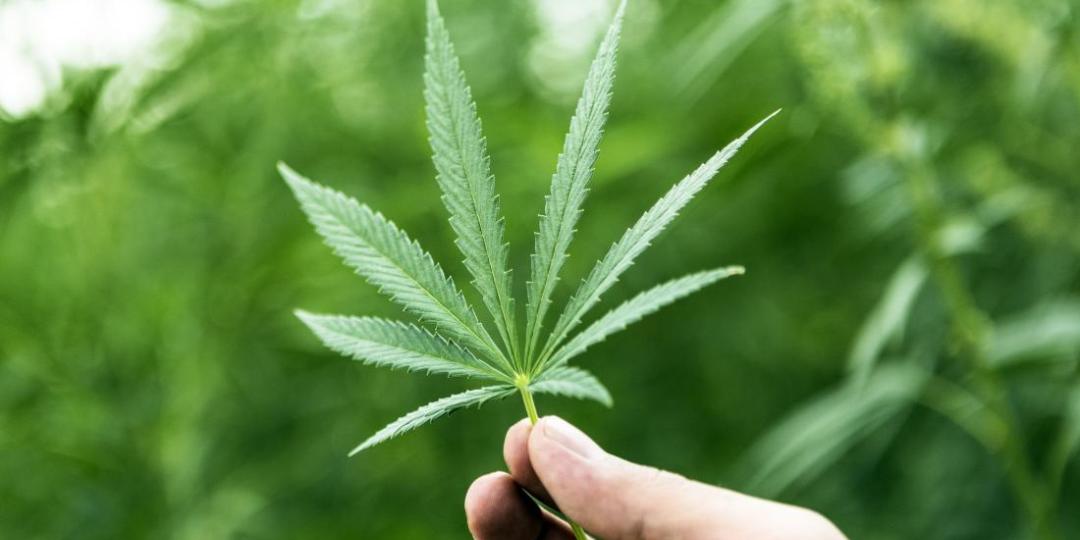There is a growing trend towards cannabis-related tourism, attributed to the rise of legal consumption of the drug during the COVID pandemic, plus the fact that people tend to view it as less harmful compared with previous perceptions. This is according to theconversation.com.
Global research network MMGY Travel Intelligence found that 29% of leisure travellers were interested in cannabis-related tourism, with the Dutch government finding that 58% of international tourists visited Amsterdam to consume drugs.
In the US, more than 19 states and Washington DC have legalised recreational cannabis, along with Canada, Mexico, Uruguay and more. In Europe, Switzerland is trialling cannabis sales from pharmacies for recreational purposes. In Asia, Thailand has apparently also legalised cannabis in the hope that it will boost tourism, while Malaysia has taken initial steps to legalise recreational use. In Africa, Morocco has even approved legalisation of its use for medicinal purposes.
Specific travel experiences have been designed in response to demand for cannabis, hemp and CBD (cannabidiol)-related products. These are expected to boost hotel occupancy, tax revenues, increase land values, business expansion, jobs and public health and safety.
New business models in line with this trend are focusing on agri- and culinary tourism as well as cannabis festivals. Tourists can go on farm and city tours, cannabis trails, food, wine and marijuana pairings, ‘ganja yoga’ and special trips combining accommodation and cannabis experiences.
The risk, however, is that few countries have clarified the legality of use of cannabis by tourists, with legislation largely directed at recreational use by residents.
Portugal, where cannabis has been decriminalised since 2001, still doesn’t allow tourists to buy it legally. In Spain, cannabis clubs allow visitors to donate to the club instead of purchasing a product.
Other large markets like South Africa are focused on domestic cannabis tourism rather than international visitors. Cannabis social clubs have started emerging with the potential of making a strong socioeconomic impact, but ambiguous policies around them are holding them back.






















